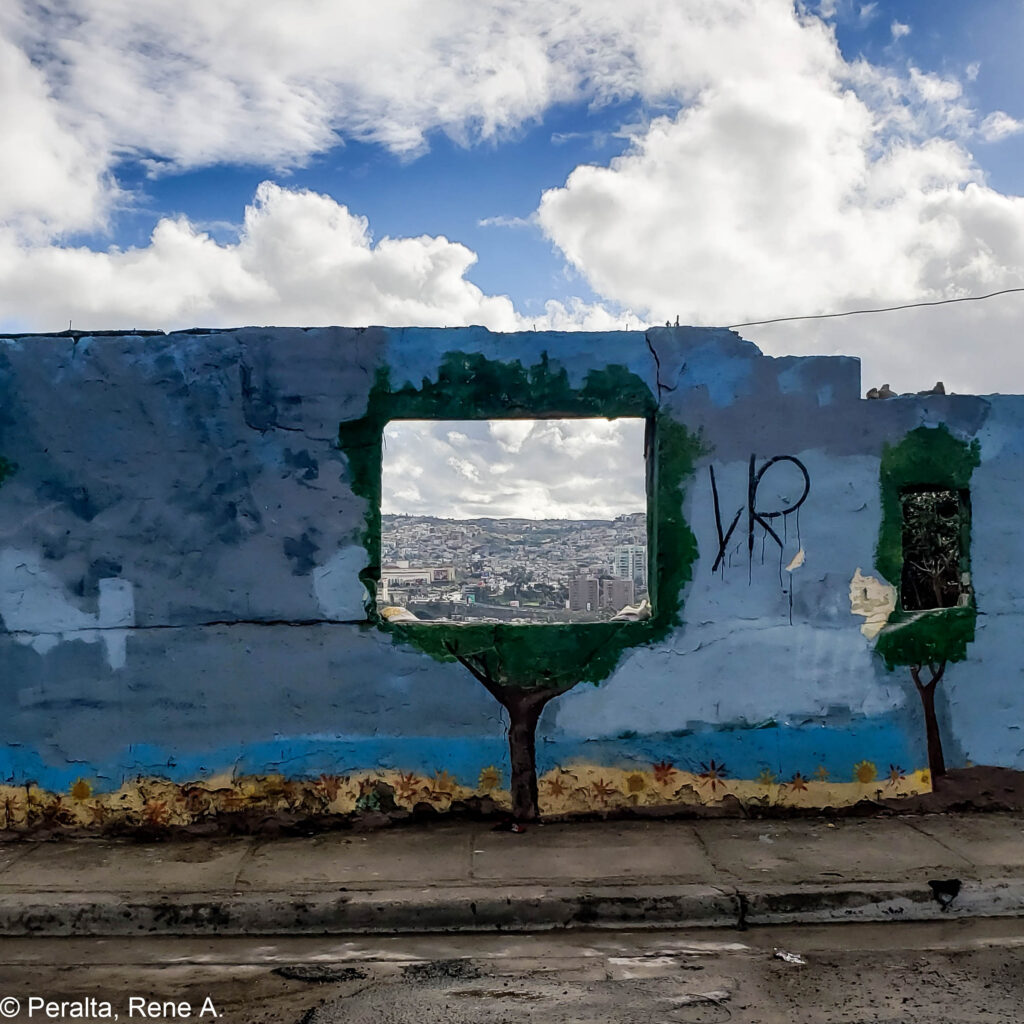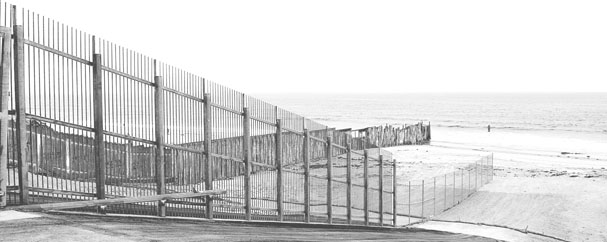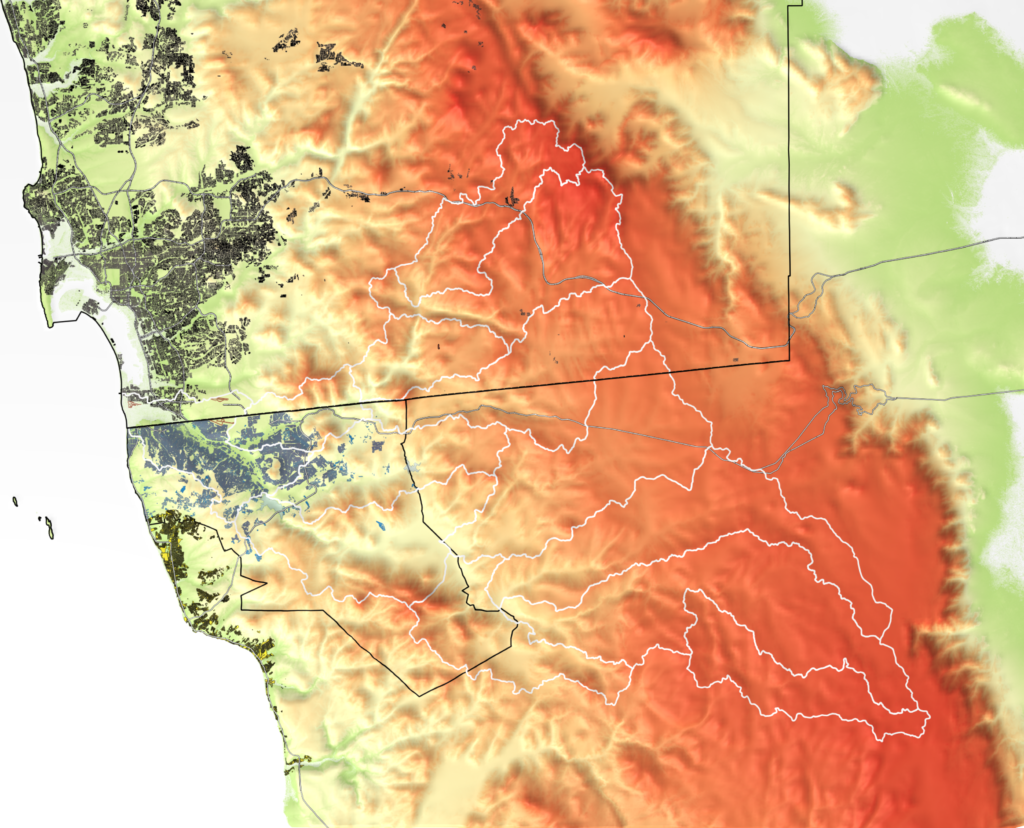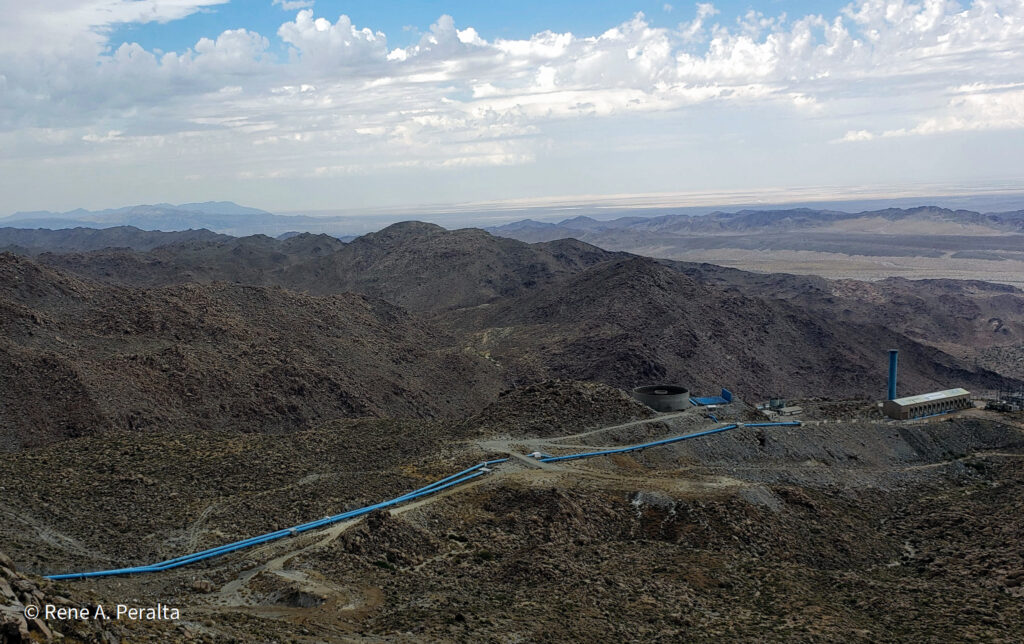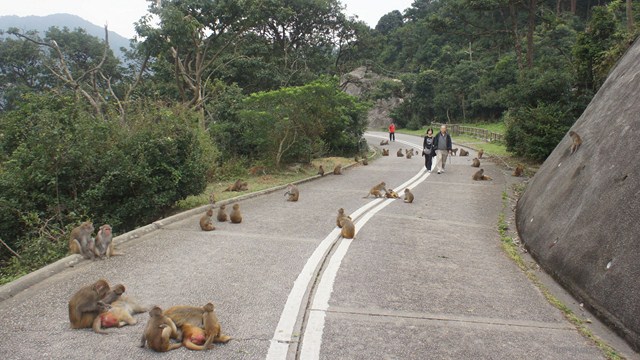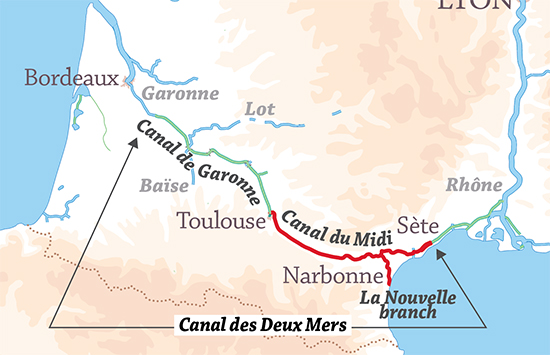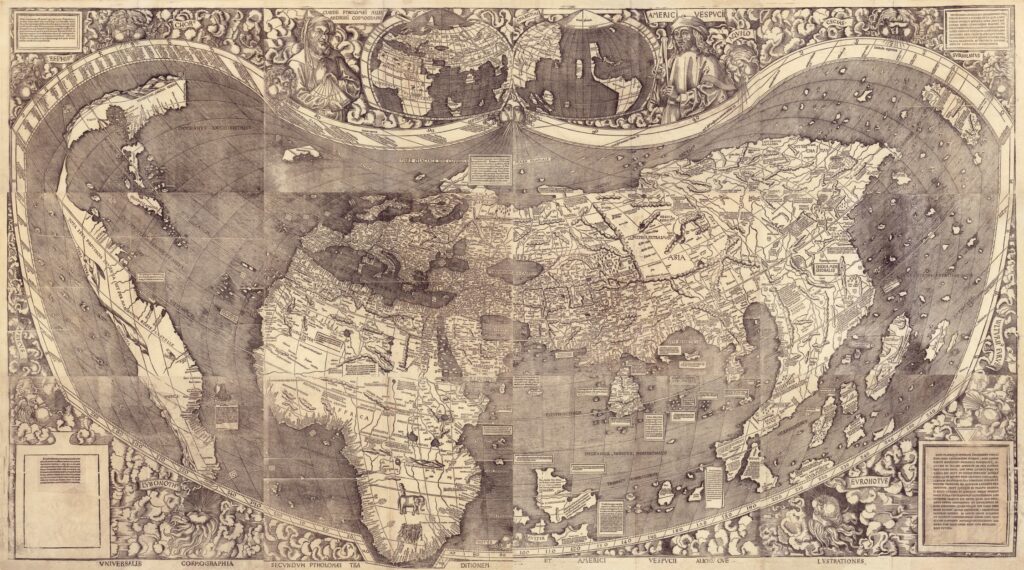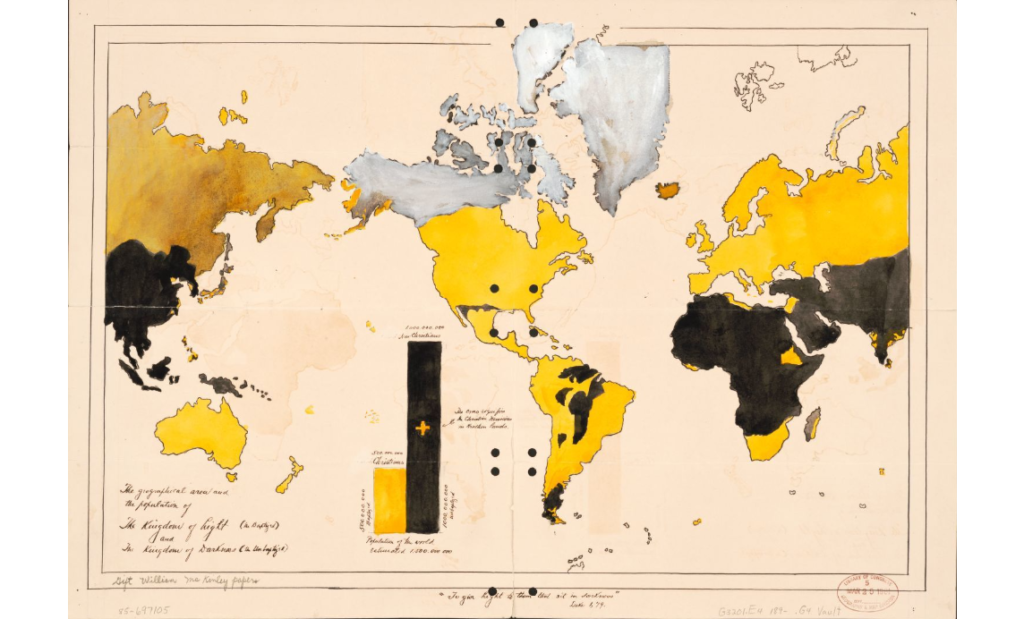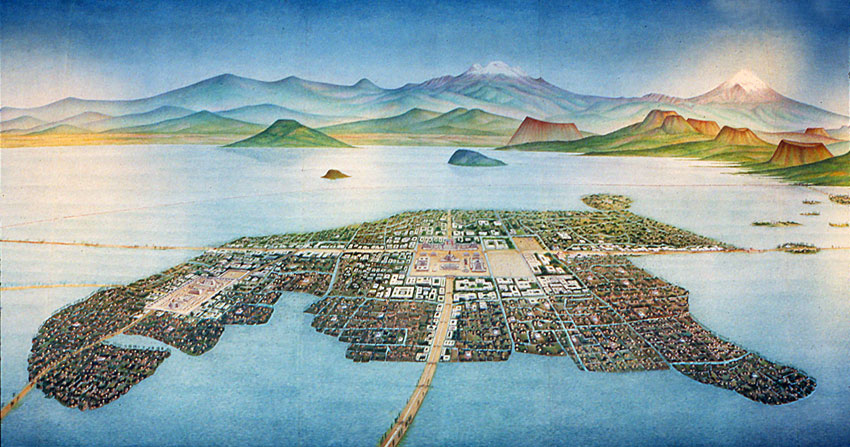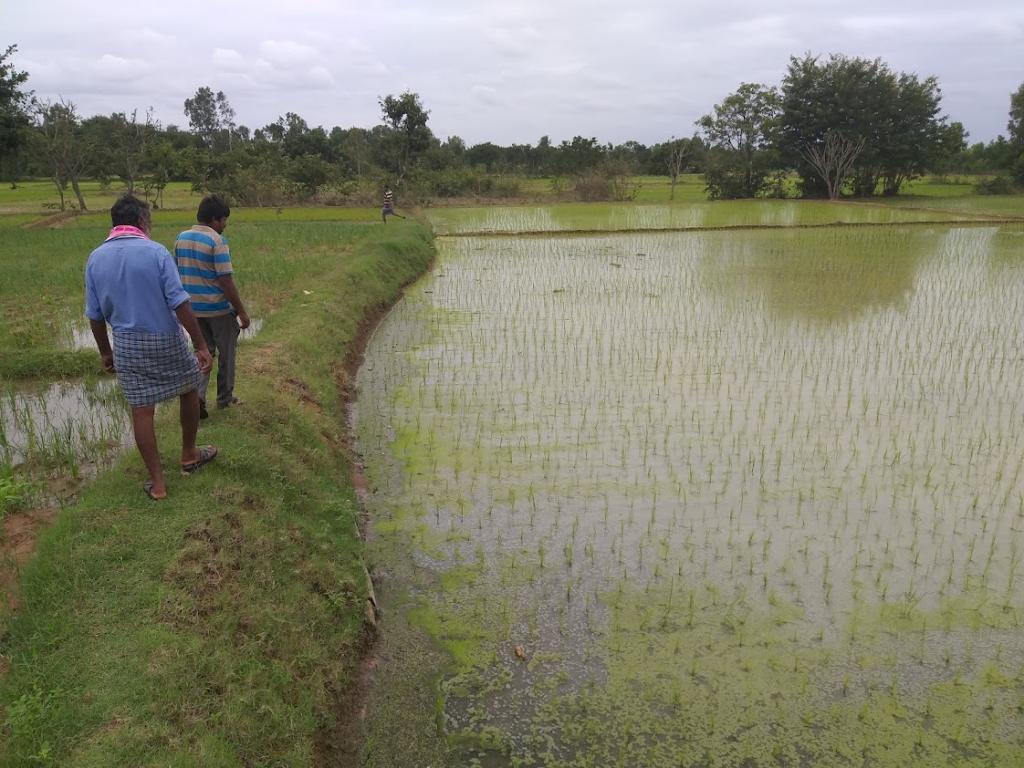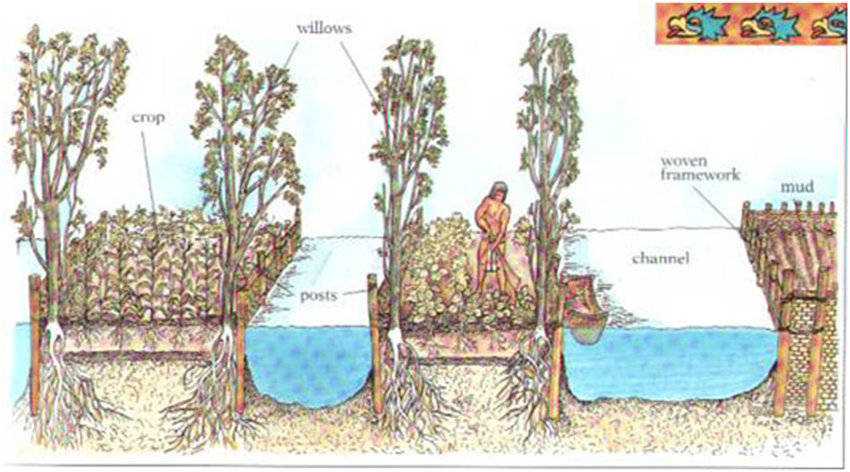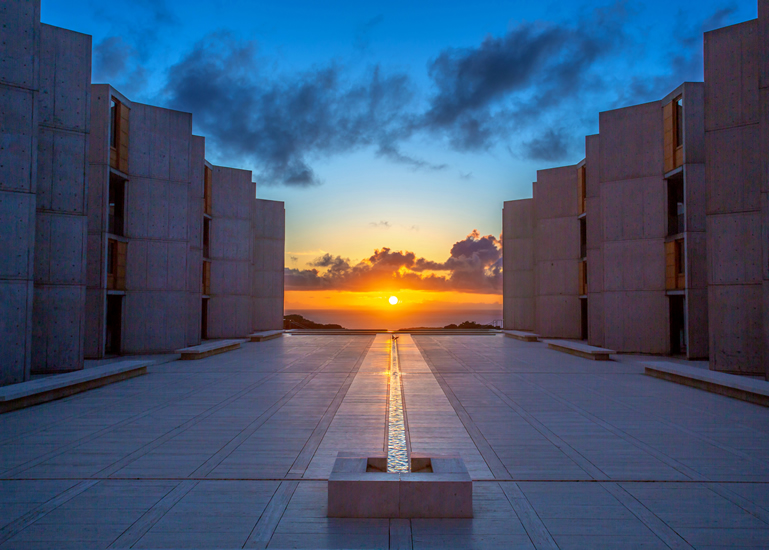As we analyze 20th-century global empire building, we must consider distinct actors in addition to hegemonic nation-states that challenged physical systems, organizational and political infrastructures, market-driven economies, and other drivers of national and regional sovereignty. In Large Technological Systems (LTS), such as shipping and rail infrastructure, there is a second layer of global private/public relationships apart from international agreements within national and global stations, ports, and networks.
Indecorous Concessions. In the article, The Suez Company’s Concession in Egypt, 1854—1956: Modern Infrastructure and Local Economic Development, Caroline Piquet demonstrates the transformation of the Suez Canal from a colonial LTS infrastructure into a symbol for Egyptian national independence.
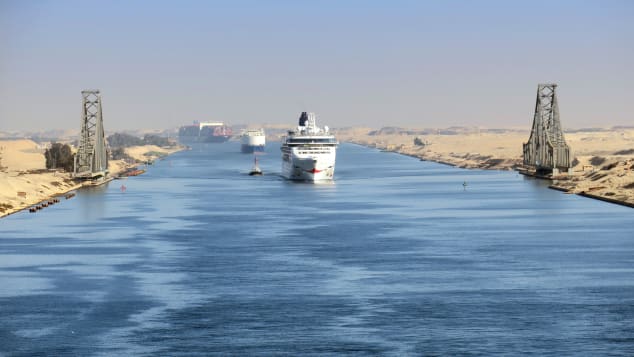
Soeren Stache/picture alliance/Getty Image
The struggle by Egypt for control, management, and operation of the Suez Canal was part of the confrontation to re-possess one of the most extensive and expensive canals of its time. Built-in 1869, it was one of the world’s most extensive canals, creating economic value favoring shareholders in Europe. During the 20th century, the canal was a contested infrastructural landscape, and in 1956, Egypt took control and began to operate the canal.
Since its construction, the training in complex technical knowledge for the canal’s operation was reserved for European engineers, and local Egyptian workers were trained for low-skill operations. However, the canal’s nationalization was a successful event, and its subsequent operation was a profitable one. “The canal belongs to Egypt and not Egypt to the canal” (Piquet, 2004) . The Suez became an essential asset for the economy and sovereignty of the country.
For over 100 years, the canal was an infrastructure in a country that did not benefit from its operation. As a concession, the investment was made to favor European capital. As Piquet writes, “Thus the concession system appears less as an instrument for the spread of global capitalism to all nations, and more as a tainted for of “colonial” capitalism” (Piquet, 2004).
Time is on my side, yes it is. In Jules Verne’s famous novel Around the World in Eighty Days, the principal character Phileas Fogg uses countless modes of transportation to travel around the world. Phileas Fogg is the modern subject, the universal man that navigates the globe, and in every place he visits, there is a possibility of movement. No matter how primitive the system is, his journey becomes part of a larger global mobility culture. Fogg is interconnected with global time and its dramas, psychologies, and stress of a soon-to-be globalized planet. “In this sense, the novel is a technology for the imagining of people’s synchronization in time (Grossman, 2013).

The organization of something so abstract as time is the driving metric of modernity. We no longer arrange daily life based on the sun’s path. We reorganize schedules and tasks according to efficiency, costs, markets, and production. Transportation linked to labor and markets is part of the time machine that modern man must always be aware of. In Verne’s novel, time becomes the main character, even more, critical than Fogg’s journey. Time is always ahead, apparent, and a force to be reckoned with. Verne makes time reckoning more rapidly and is scripted. “The novel – which significantly loses in its English titling that ‘Le tour du monde.’ also means the turning of the earth – spilled quite directly over into this historical context. Four months after its publication, Verne addressed the French Geographic Society on the question of which meridian should be chosen for travelers to separate one calendar day from another worldwide” (Grossman, 2013).
Eleven years later, the world accorded how to measure and keep time around the globe.
Il Duce’s Way. The road-building projects set out by the Italian Fascist in Africa were as much propaganda as critical infrastructure. As Roland Barthes describes, if it was crucial, it relied on the ability to be photographed as a connoted message of empire-building and infrastructures. According to Andrew Denning, “Such audacious roadworks demonstrated an essential claim of Mussolini’s fascist movement: that Il Duce’s regime had accepted the inheritance of ancient Rome but had updated it with the Italian mastery of modern technology. Roads were timeless forms of imperial power and manifestations of fascist modernity simultaneously” (Denning, 2020). The aesthetic ideology found in Mussolini’s aspiration of colonial empire seems to originate via the Italian Avant-garde of the early 20th century. This display of contemporary technology echoes the sentiment of the Italian Futurist, specifically its leader and manifesto author Filippo Marinetti.
Italian Futurism proposed an aesthetic of speed—a movement absorbed by the machine, precisely the automobile in all its violence and terror. Machines and war were part of the allure of violence that the Futurist needed, and the desire to participate in militarization acts as an aesthetic project. New ways of moving and being in the world concerning time/speed became part of a new “machine” sentiment that included a no-return to tradition and histories before the industrial turn of European society.
It is this aesthetic lure with machines, speed, and war that the futurists see as the potential in the fascist project. In Politics as Art: Italian Futurism and Fascism, Anne Bowler explains, “This nonhuman and mechanical being, constructed for an omnipresent velocity, will be naturally cruel, omniscient, and combative” (Bowler, 1991). For Marinetti and the Futurist group, who actively campaigned and subsequently fought for Italy’s intervention in the war and the coming to power of Mussolini and the Fasci di Combattimento, the dictator represented the ultimate triumph of the Futurist-Fascist revolution that Marinetti envisioned under the direction of a new “proletariat of geniuses,” an elite cadre of Futurist artists and intellectuals.” However, For Marinetti, Art was no longer tied to its Roman history, and he denounced any past link or precedent. Art was a transcendental endeavor to create a new nationalism and morality based on technology (Bowler, 1991).
Road-building was a way to modernize the colonial ideals and prepare society for technologies or machines that would change the time-space primitive environment. Italians fetishized technology in a way that produced an aesthetic and political zeitgeist for most of the early 20th century.
Denning said, “Roads were timeless forms of imperial power and manifestations of fascist modernity simultaneously “ (Denning, 2019).
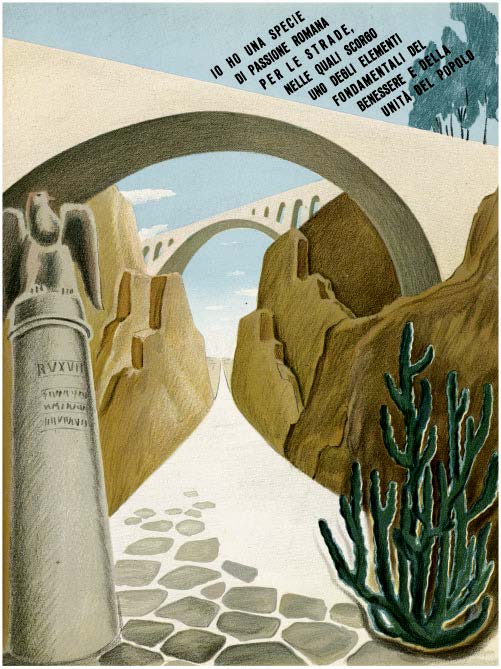
Miami Beach, Florida, The Mitchell Wolfson, Jr. Collection, XB1990.587. Photo: David Almeida.
References
Bowler, A. (1991). Politics as Art: Italian Futurism and Fascism. Theory and Society, 763-794.
Denning, A. (2019). Infrastructural Propaganda: The Visual Culture of Colonial Roads and the Dosmitication of Nature in Italian East Africa. American Society for Environmental History and Forest History Society, 352-369.
Grossman, J. H. (2013). The Character of global transport infrastructure: Jules Verne’s Around the World in Eighty Days. History and Technology, 247-261.
Piquet, C. (2004). The Suez Company’s Concession in Egypt, 1854-1956: Modern Infrastructure and Local Economic Development. Enterprise and Society. Vol. 5 No.1, 107-127.

